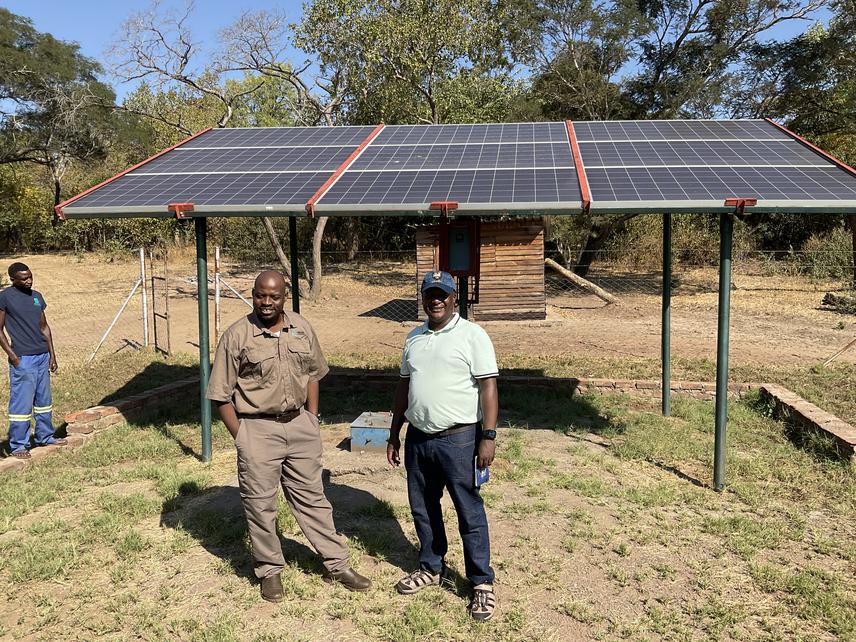Godfrey Mtare
Other projects
21 Nov 2024
Disentangling the Economic Value of African Lions (Panthera leo) in Kaza TFCA's Hwange-Kazuma-Chobe Wildlife Dispersal Area
The livelihoods of millions of people that live in and around TFCAs are intricately linked to the integrity of biodiversity, including ecosystems being conserved in the TFCAs. Nevertheless, increasing human footprint and unregulated land use has resulted in declining and fragmented space for many animals, particularly carnivores such as African lion. Therefore, the future of the KAZA TFCA, as a wildlife-based economy, relies on the long-term survival of key species such as African lion and ecosystems, at a landscape scale. Wildlife Dispersal Areas (WDAs) that offer critical linkages between Protected Areas (PA) across the KAZA TFCA landscape should be promoted. Focusing investments in these areas would restore connectivity, which is a fundamental premise for the establishment of the TFCA.

Connected with the Conservation Director.
However, while transboundary landscapes such as the KAZA TFCA have been established to maintain and conserve regional wildlife populations, little is known about how connectivity benefits animal populations, movement patterns and human-wildlife conflicts, as well as access and opportunities for resident communities and tourists. As these species move through spatially complex landscapes, they respond to multiple biotic and abiotic factors to maximize access to resources and mates while minimizing fitness costs such as mortality risks. On the other hand, these threats are not static as we have other two critical issues to contend with such as human population growth (and therefore consumption of resources/ need for agricultural land) and climate change.
This study will introduce transboundary landscape connectivity and its benefits towards a wildlife economy, identifies policy gaps, and explores the critical roles that stakeholders could play in promoting and implementing supporting measures. Also tackled are bottlenecks for an inclusive approach that positions local communities and businesses to support the implementation of landscape connectivity, though all relevant stakeholders should be called upon to bring connectivity conservation to the core of decisions on the scale of the TFCA landscape.
Study will model with data on the African Lion (Panthera leo), a world-recognized flagship species, serving as an appropriate focal species for other large mammals in a linkage within Hwange-Kazuma-Chobe Wildlife Dispersal Area of KAZA TFCA.
The overarching goal of the study is to maintain a large carnivore habitat network across KAZA where African lions are secured within and outside protected areas, can co-exist with people, move freely among protected areas, which provides an enabling environment for tourism development; hence a robust and thriving wildlife economy.